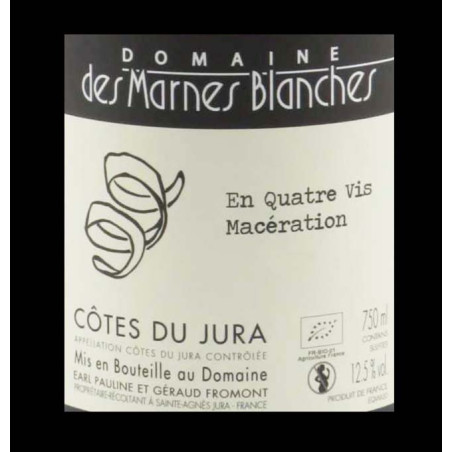
10 produits

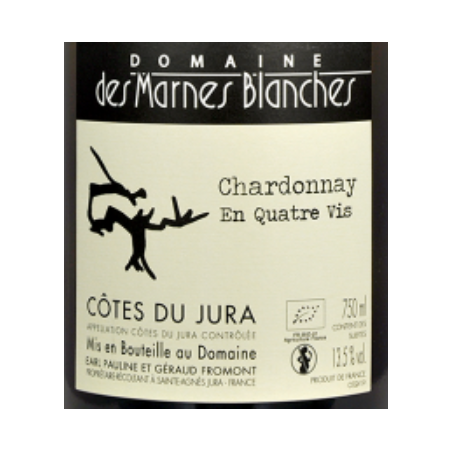
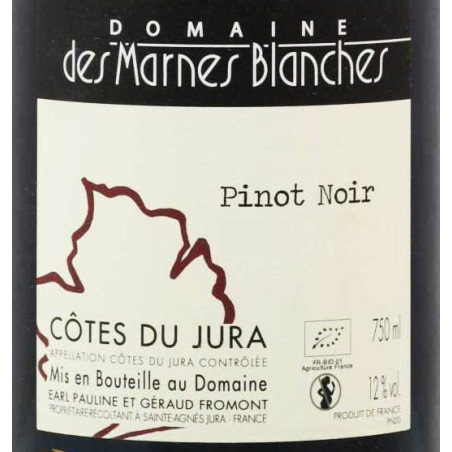
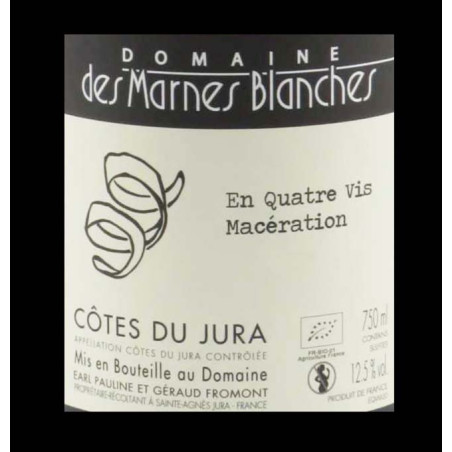
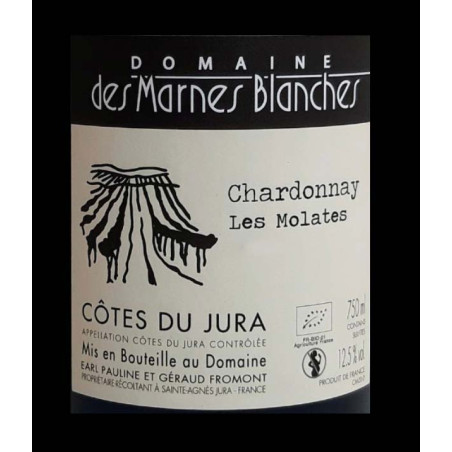
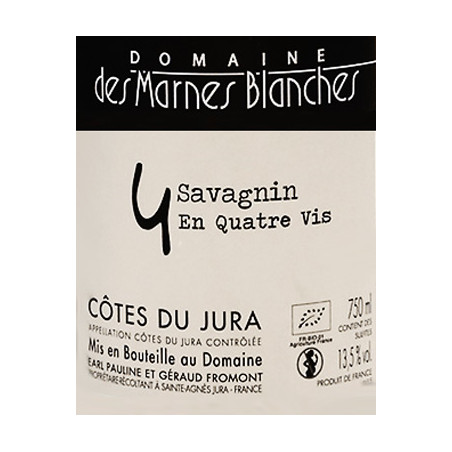
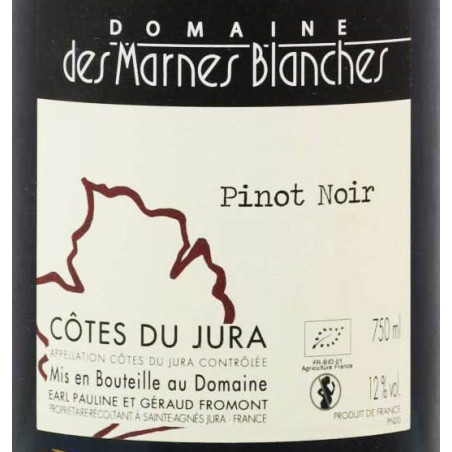
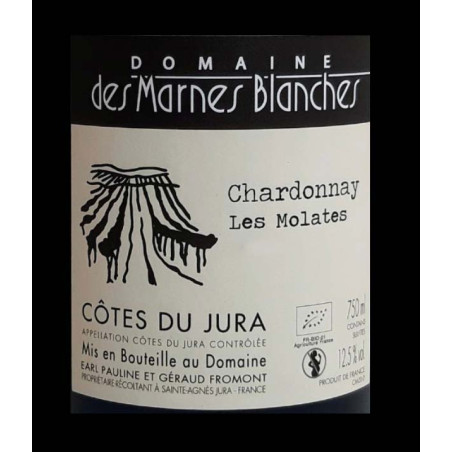
10 produits
This is the famous Domaine des Marnes Blanches. Find all the most beautiful references of this prestigious estate on Comptoir des Millésimes. This is one of our partner estates, which means that their wines are shipped directly to our cellar following bottling at their estate. Each year, the estate reserves an allocation of their cases of wine for us. So don't hesitate to create an email alert on the Domaine des Marnes Blanches to be kept informed first of the latest arrivals.
South Revermont, in the Jura, has become a small centre for the production of natural regional wines that more than titillate the palate. Since the famous Jean-François Ganevat, the philosophy of wine and terroir production has spread to his neighbours Peggy and Jean-Pascal Buronfosse who created their estate in 2000, and to the neighbouring village of Saint Agnès where Géraud and Pauline Fromont created the Domaine des Marnes Blanches in 2006. The Fromont family is of Jurassian origin (if that is the name they are given), the Fromont family does not come from viticulture, but from agriculture. Then, in their mid-twenties, they immediately started organic farming, and are now certified organic by Ecocert.
Their estate extends over 10 hectares of vines (some of which are around a hundred years old!) spread over three communes in the south of the AOC Côtes du Jura: Cesancey, Vincelles and Ste-Agnès. Cesancey was their first acquisition and is home to the white marl soils that have given the estate its name, while the vines in the other communes have varied soils, mostly red marl and gryphée, fossil-rich limestone. All their plots are vinified separately, an idea long practised in neighbouring Burgundy, but relatively unexplored in the Jura, which offers a new perspective on the region. All the work in the vineyard is done by hand, with the exception of sporadic tilling of the soil at the base of the vines using a custom-built tractor that passes between each vine stock to control weeds. Where a plot of old vines once stood, Géraud is currently cultivating about two more hectares of Trousseau, a grape he considers best suited to this marly terroir. Here, the small red stones that surround the young vines absorb heat throughout the day and retain it at night, protecting them from frost, and he does not water the vines to encourage deep root growth.